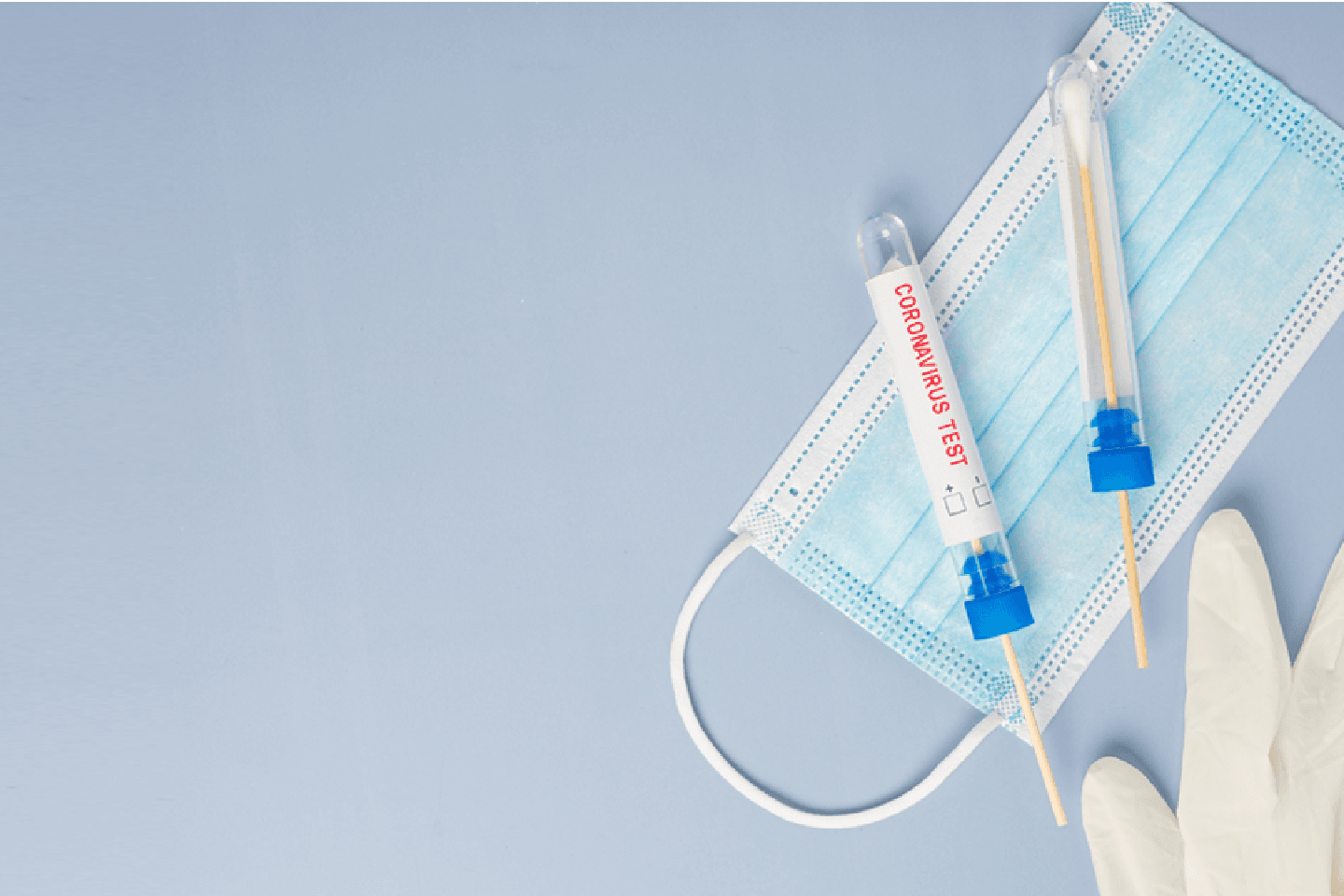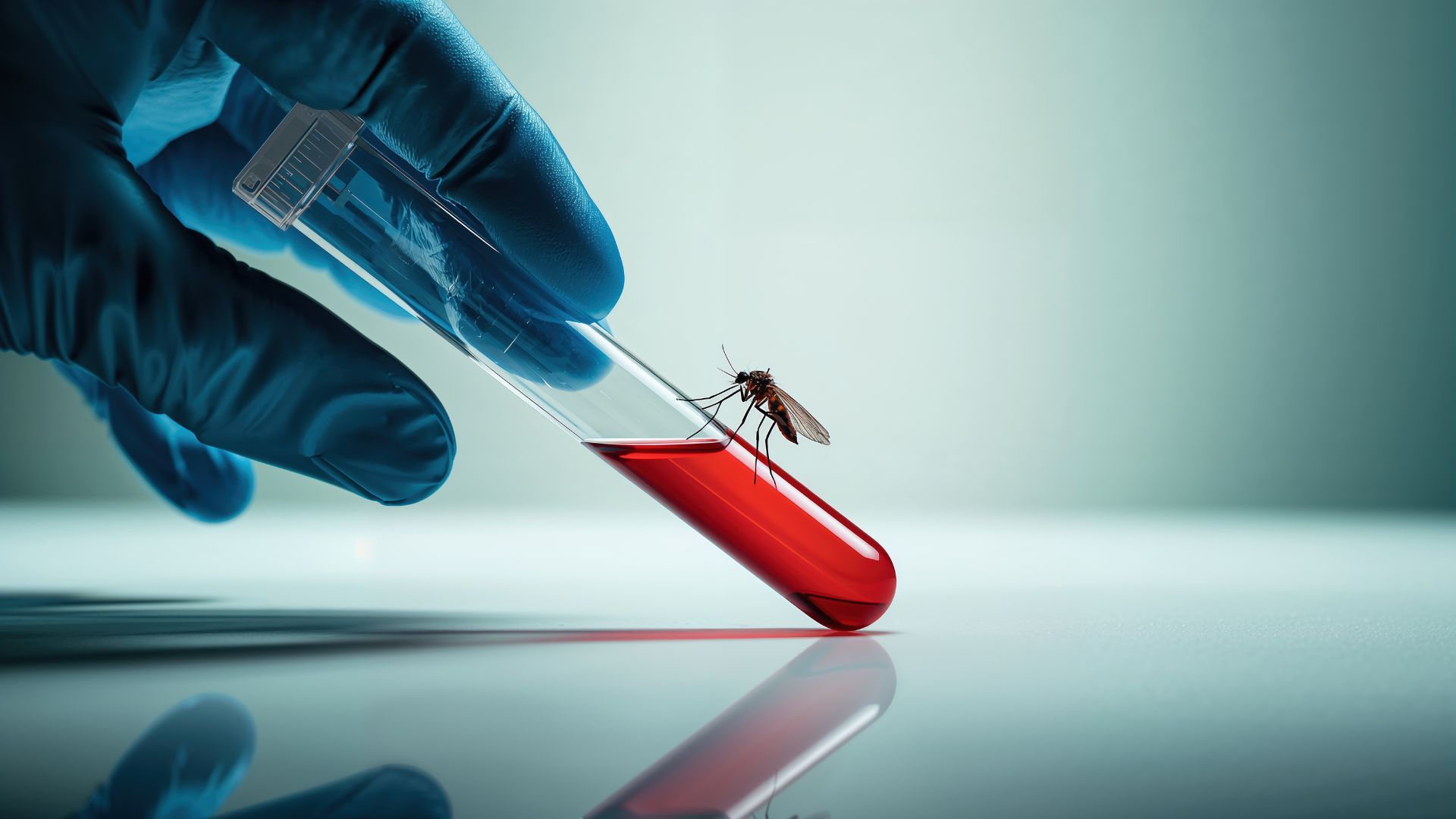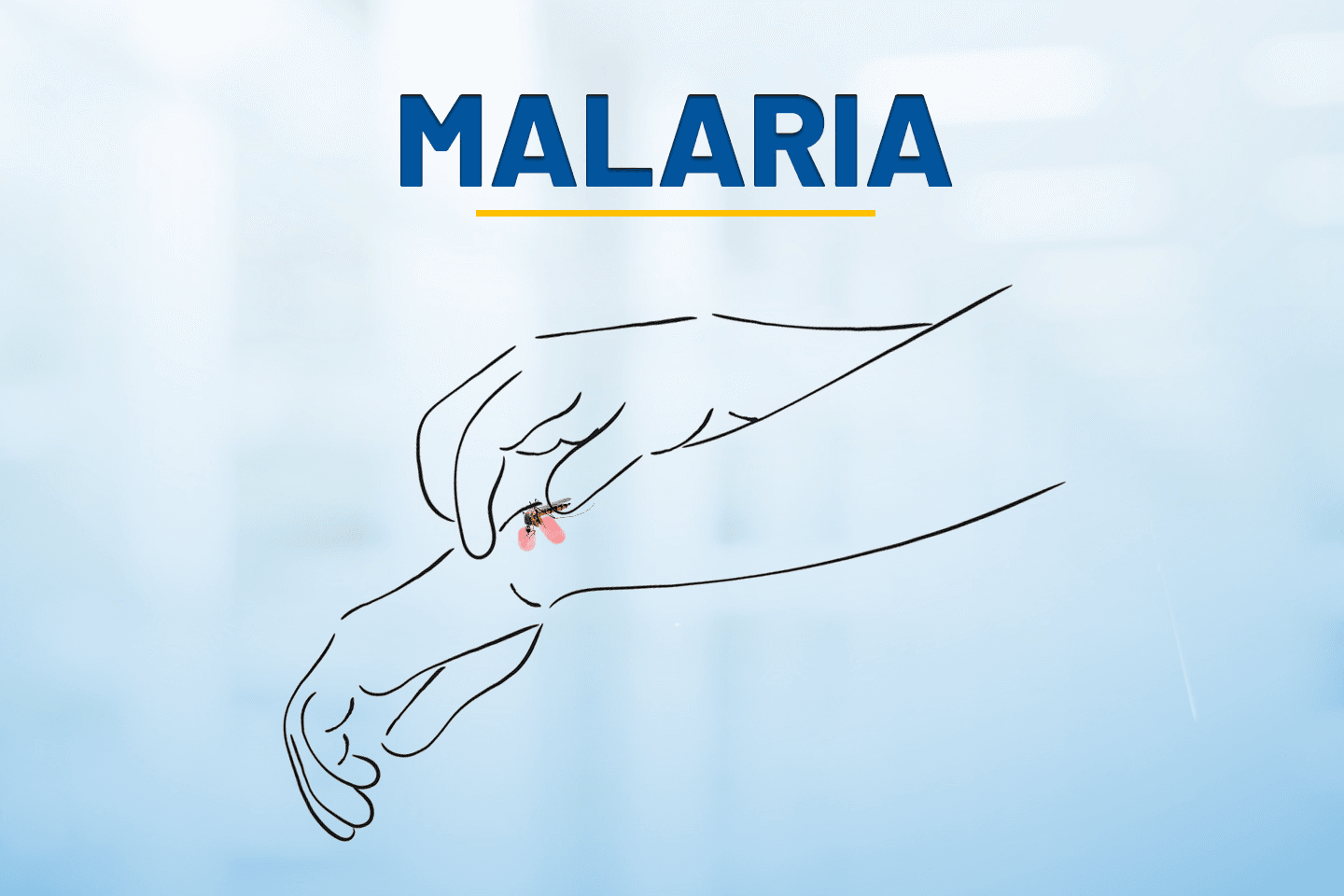
Antigen vs RT PCR: Difference between RT PCR & Antigen Test
How are RT-PCR and Antigen Test different?
Since the outbreak of the Covid-19 pandemic, RT-PCR and antigen tests have become common. These tests help in the preliminary diagnosis of Covid and other diseases. The RT-PCR detects genetic material while the antigen test verifies the proteins on the virus's surface. Besides this, there are other differences between RT-PCR and antigen tests. Let us find out.
What is RT-PCR?
RT-PCR helps to detect abnormal cell structures and viral infections using deoxyribonucleic acid (DNA) amplification.
Human cells contain (DNA), a genetic material inside the nucleus that resembles a twisted ladder or a double helix. The ladder's sides are the two DNA strands, and the steps represent the nucleobases. The function of DNA is to pass genetic information from one generation to the next. Viruses are typically made up of a single strand of genetic material known as ribonucleic acid (RNA). Viruses such as Ebola, human immunodeficiency virus (HIV) and severe acute respiratory syndrome coronavirus 2 (SARS-CoV-2) infect the body by replicating their RNA.
With RT-PCR, researchers can identify the virus using the replicating RNA proteins. The amount of RNA in the human cell is usually less. An RT-PCR test makes approximately billions of copies of the RNA protein segment to get accurate results.
What is an Antigen Test?
An antigen test detects antigens present in the body. Antigens are typically proteins that make the virus. Antigen tests are used to diagnose respiratory pathogens like influenza and, recently, the SARS-CoV-2 virus.
An antigen is a foreign molecular structure that triggers an immune response in the body. The body views antigen as a threat. The body produces antibodies to fight against the foreign substance when it enters it. Viruses, bacteria, toxins, or other substances can be antigens. Antigens are also present in the tissues and cells of the body, for instance, the protein molecules in blood cells that determine an individual's blood type.
Difference Between RT-PCR And Antigen Test: How Do They Work
RT-PCR uses the single-stranded structure RNA to diagnose diseases. For it to be detected, the RNA needs to be converted into double-stranded DNA using an enzyme known as reverse transcriptase. A polymerase chain reaction (PCR) amplifies the DNA. The DNA keeps duplicating itself to form billions of copies. Dyes and fluorescent probes are added to the specimen to make virus detection easier. The stronger the fluorescence, the higher the level of infection, which leads to positive results. PCR also facilitates numerous clinical techniques, including DNA fingerprinting and diagnosing genetic disorders like Down syndrome, cystic fibrosis, sickle-cell anaemia, etc.
For the Antigen test, a specimen is collected via a nasal cavity swab which is then placed into a special solution for antigen detection. The Antigen test aims to detect the fragments of proteins found on the virus's surface by testing the samples taken from the nasal cavity using swabs.
Another difference between RT-PCR and antigen tests is the material used for detection. Unlike RT- PCR, which detects the virus's genetic material, an antigen test looks for molecules on the virus's surface. Most antigen tests are based on lateral flow tests and antibodies. Three antibodies are used at different stages to detect the presence of the virus.
- The lateral flow uses a strip that detects proteins present on the virus's surface at certain positions.
- The strip is divided into four parts – the sample pad, the conjugate pad, the nitrocellulose membrane, and the absorbent pad.
- The sample pad collects samples like saliva, blood, urine, etc. The sample traverses laterally to the conjugate pad.
- The conjugate pad comprises antibodies with gold nanoparticles attached to them. The antigen in the sample reacts to the antibody conjugates.
- The mixture migrates to the nitrocellulose membrane with two lines, a test line with a type of antibody and a control line with a different kind of antibody.
- If the sample has the virus, the mixture will attach to the antibodies in the test and control lines.
- The mixture ends up being absorbed in the absorbent pad.
Antigen Vs RT-PCR: How To Use
An individual can get the antigen test kit from a pharmacy or get tested at a laboratory. A swab is inserted in the nose or throat, and the sample is mixed with a solution that breaks the cells. This solution is then applied to the sample pad of the strip. Two lines, i.e., test line and control line, are indicated by T and C, respectively. If the virus is present, both lines change colour, usually red. If only the C-line changes colour, then the test is negative. The test is invalid if the T-line changes colour or no lines change colour.
RT-PCR Test:
Laboratory technicians may collect different samples to detect various diseases. For HIV, samples collected would be blood or sometimes urine. To detect SARS-CoV-2, a swab is inserted into the nasopharynx through the nostrils. The swab with the sample gets placed in a sterilised tube and sent out for testing. Medical professionals extract the RNA from the genetic material and amplify the DNA by heating and cooling it. Various chemicals and enzymes are also used. If the virus is detected in the sample, a chemical will react with it to generate fluorescence.
The difference between RT-PCR and antigen tests also includes the time taken to obtain the results. It typically takes two to five hours with RT-PCR tests, whereas antigen tests can detect the presence of viruses within 30 minutes.
MERISCREEN
Approved by the Indian Council of Medical Research, the Meril MERISCREEN Covid-19 Antigen Test Kit is a rapid immunochromatographic assay test. A nasopharyngeal swab sample detects SARS-CoV-2 antigen within 20 minutes. The MERISCREEN Antigen Test kit can detect early signs of COVID-19 and is suitable for spot testing. The rapid antigens, if present, react with the monoclonal anti-SARS-CoV-2 antibodies.
COVIFIND
COVIFIND is Meril's Do-It-Yourself antigen kit that gives results in 15 minutes. The kit has a pre-filled buffer tube, a sterile nasal swab, a test device, a disposable bag, and an instruction manual. Patients need to insert the nasal swab into the nose, dip it in the buffer tube, and squeeze four drops of the mixture onto the sample pad of the test device. COVIFIND is an in vitro diagnostics immunochromatographic rapid assay test intended for at-home use by individuals aged 18 years or older.



